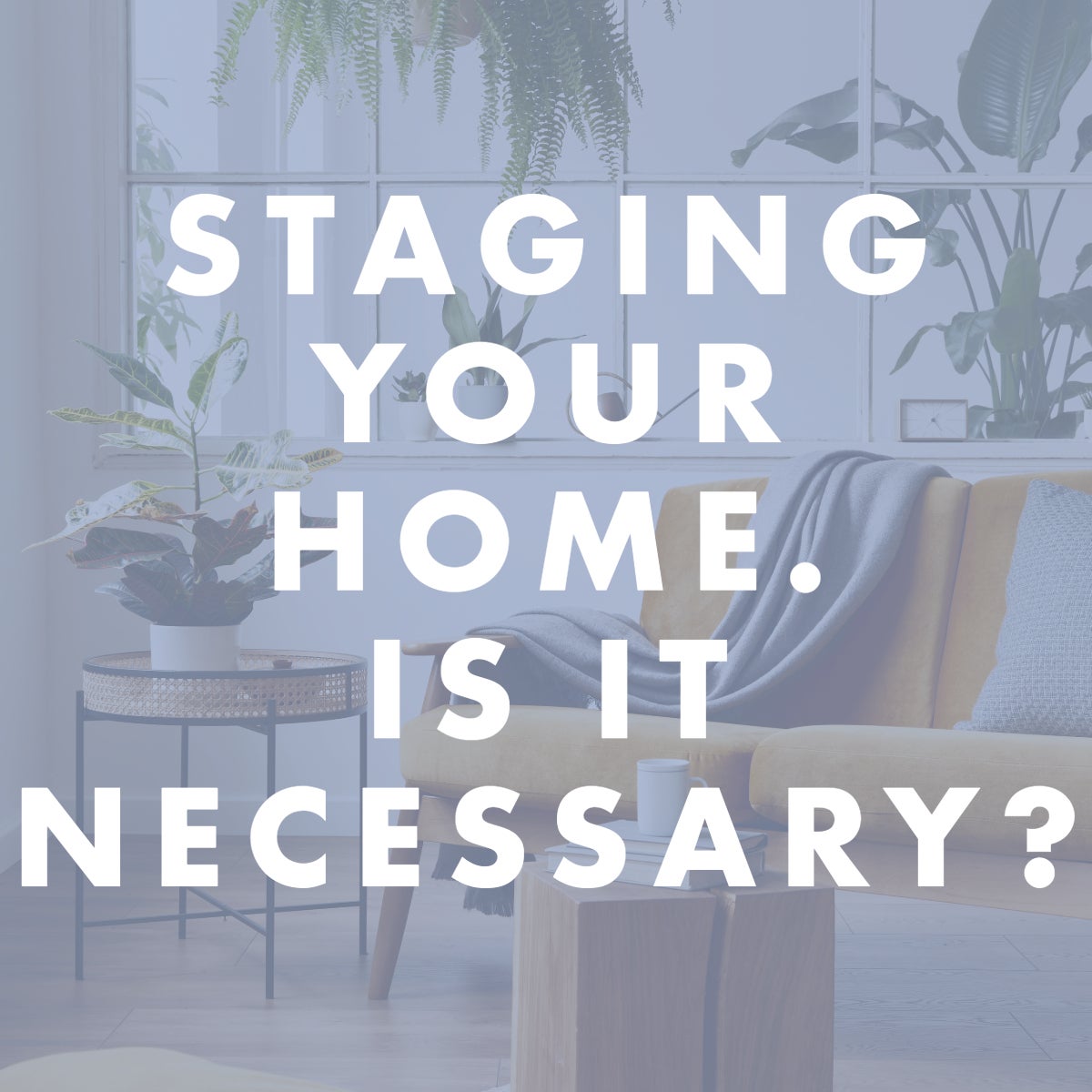Home Staging: What Is It?
Staging a home means getting it ready to appeal to as many buyers as possible. It’s about making the place look inviting, modern, and easy to picture as a future home. This usually involves decluttering, rearranging furniture, or even bringing in rented decor to create a polished look. In some cases, it might mean professional cleaning or repainting to make the property shine. Ultimately, the idea is to help potential buyers imagine themselves living there.
That said, staging isn’t for everyone. If you're selling a fixer-upper that’s mainly going to attract investors, spending money on staging might not be worth it. Investors are typically more interested in the bones of the property and its potential rather than the aesthetics. Similarly, if the property is a complete tear-down or the value is mostly in the land, staging probably won't add much value.
Is Home Staging Worth It?
Does staging help your home sell faster, and does it lead to a higher price? The data suggests that it often does. On average, staged homes tend to spend less time on the market—about 23 days compared to 143 days for un-staged homes, according to studies by the Real Estate Staging Association (Bias?). That reduction in market time can significantly lower carrying costs like mortgage payments, utilities, and insurance, which quickly add up when a home sits unsold.Financially, staging can provide a solid return on investment. Staged homes have been known to sell for as much as 6.3% above the asking price, depending on the market conditions. While the cost of staging averages around $1,776 nationally, many sellers find the potential for a faster sale and a higher offer makes staging worthwhile. According to the National Association of Realtors (NAR), staging typically increases offer value by 1% to 5%, which is often more than enough to cover the costs involved.
The cost of staging can vary based on several factors, including the size of your home and local market rates. Some professional stagers charge by the room, while others may take a percentage of the listing price. There are ways to reduce staging costs as well—such as focusing on key rooms like the living room, kitchen, and main bedroom rather than staging the entire property. Additionally, simple DIY efforts, such as decluttering or rearranging existing furniture, can make a noticeable difference.
Is Home Staging Right for You?
While staging tends to make properties more appealing and helps them sell faster, it's not a one-size-fits-all solution. If the main value of the property is in the land, or if your target buyers are investors who might not be as interested in aesthetics, staging may not provide the same benefits. Understanding the type of buyers you want to attract and the local market dynamics is key in deciding if staging is a worthwhile investment for your situation.Staging is ultimately about creating that extra edge—it's a way to make your home stand out from the competition and appeal to the emotions of potential buyers. Just like any marketing strategy, its effectiveness will depend on your specific circumstances.

